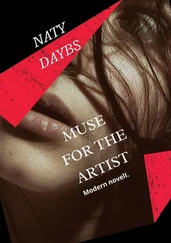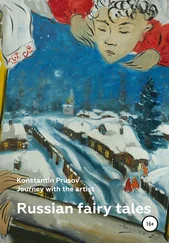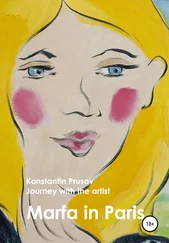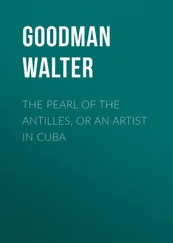GARDEN SHADOWS, C’AN GAURI
pastel on board, 46 × 66 cm (18 × 26 in)
In this picture the eye is led towards the background, despite the important foreground element of a large potted plant on the left. The reason that the plant does not hold the viewer in the foreground is that the ground shadows link with the plant. The close tones in this foreground area hold together well, allowing the eye to move back gently, not only via the linear element of the path, but also across the bands of light and shade, which diminish gradually in size.
Try to think of your foreground as a challenge – the challenge is to make the foreground an interesting and useful area, without necessarily including every element of detail visible in nature. You are an artist, not a photographer, so you can edit the foreground, and impose your will, and creativity, on the scene.
Pictures speak louder than words, so have a look at some of my paintings reproduced on these pages. Although I seldom tackle traditional landscapes with obvious foreground, middle and distance, I have included a few images that demonstrate the principles I have discussed here. Notice particularly how light and shadows can often provide strong directional elements to help your compositions.
6
FLORAL STILL LIFES
The flowers in my still lifes seem to lack life. How can I make them look really lush and thriving?
Answered by: John Lidzey
Flowers in a still-life setting can present the painter with an exciting prospect. They can offer a range of beautiful, delicate colours and tones, and graceful shapes that can be a joy to paint. However, often what looks attractive to the eye can be very difficult to represent in paint. The following guidelines will hopefully be of some help in the production of floral still lifes, where freshness and vitality are more important than botanical accuracy.
It is probably better to paint from real flowers rather than artificial ones. Although artificial flowers can be very realistic they often have a static quality that can all too easily be transferred to the painting. To overcome this problem, use a free and loose painting technique that will supply a quality of life missing in the subject, as in Studio Window in Sunlight.
Even if you choose real flowers to work from, avoid those that have a motionless elegance, which when represented in paintings can often look unexciting. It is better to select flowers that are rather more unpretentious with an interesting mixture of blossom and foliage. Wild flowers thrust roughly into a container can create a wonderful subject. But they may last for little longer than a day, so you may have to paint faster than you usually do before the subject wilts.
STUDIO WINDOW IN SUNLIGHT
watercolour, 43 × 28 cm (17 × 11 in)
The centrepiece of this studio still life is a bunch of poppies thrust into a glass jar. The flowers are artificial, yet the looseness in the way in which they were painted gives them a vitality that was missing in the subject. I allowed the colours to ‘bleed’ here and there and created a wide range of tones from pale tints to warm blacks.
Конец ознакомительного фрагмента.
Текст предоставлен ООО «ЛитРес».
Прочитайте эту книгу целиком, купив полную легальную версию на ЛитРес.
Безопасно оплатить книгу можно банковской картой Visa, MasterCard, Maestro, со счета мобильного телефона, с платежного терминала, в салоне МТС или Связной, через PayPal, WebMoney, Яндекс.Деньги, QIWI Кошелек, бонусными картами или другим удобным Вам способом.












